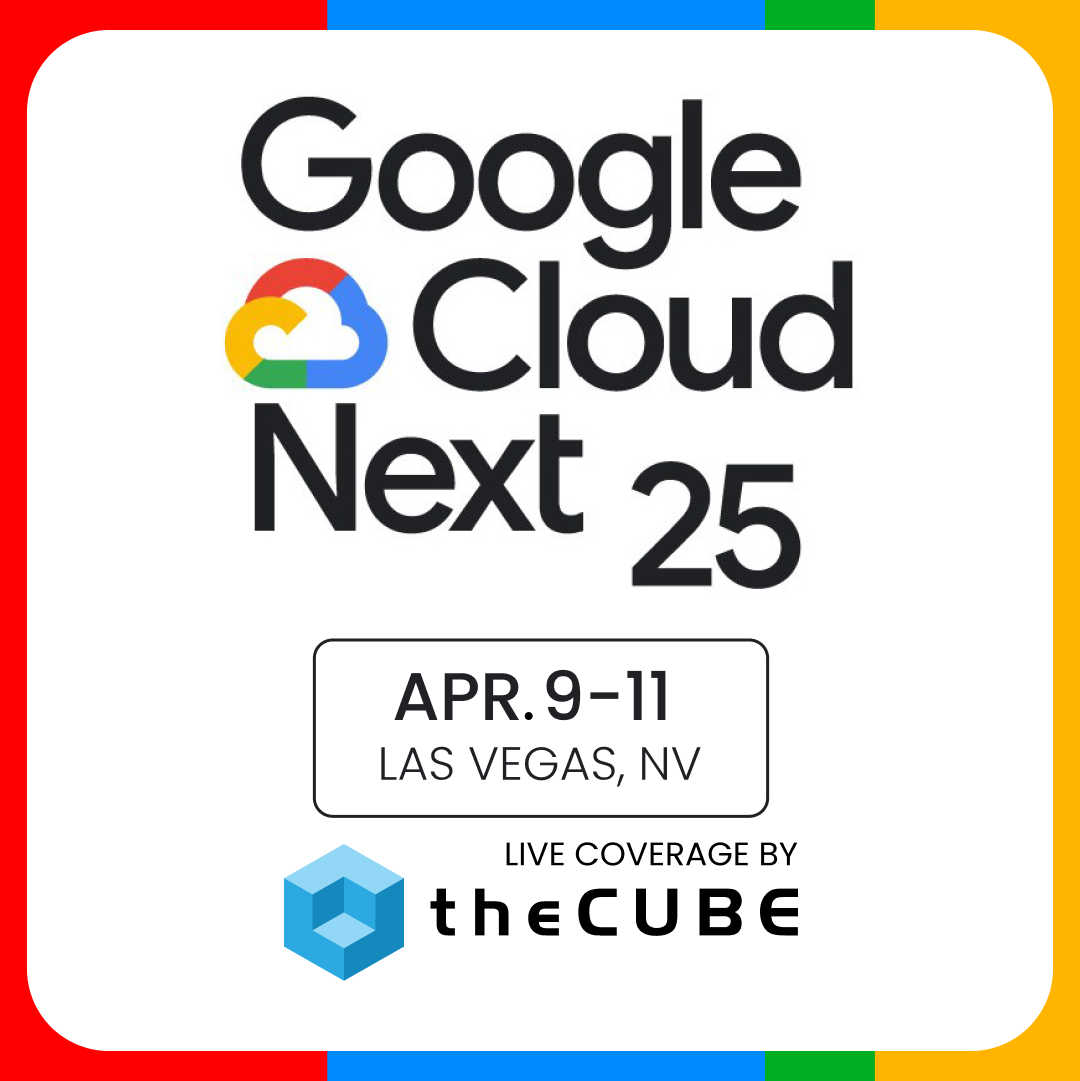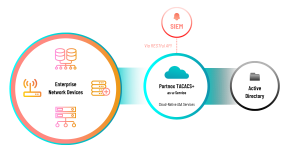To Pay, or Not To Pay for Online Content?
![]() Online content has always been a subject of discuss, especially whether to pay, or not to pay for it. Taking a closer look at the premium structures of online content and how it plays a significant role as an industry as a whole, the main thing to consider is that premium online content enables the content producers and distributors to supplement advertisements to monetize their sites.
Online content has always been a subject of discuss, especially whether to pay, or not to pay for it. Taking a closer look at the premium structures of online content and how it plays a significant role as an industry as a whole, the main thing to consider is that premium online content enables the content producers and distributors to supplement advertisements to monetize their sites.
Let’s take the example of Broadcast T.V. vs. Cable T.V. While one is free to watch and full of commercials, other is niche specific with fewer or no commercials. Same thing happens with online content, which is taking the similar path on mobile devices like iPad enabling on-demand content delivery. The iPad for instance, is expected to revive the print media industry and companies like Hearst Media and The New York Times are launching subscription-only content in the form of digital newspaper or magazine for the iPad.
Incidentally, just yesterday we reported about iPad losing ground in online subscription as more and more publications saw decreased sales during last quarter. It is not incurring the premium content subscriptions publishers has hoped for. For Example, Vanity Fair sold only 8,700 digital issues in Nov. as compared to over 10K in the previous 3 months. Wired also fell from 100,000 issues to only 23,000 issues in November.
While this report is discouraging, another report from Pew Internet is quite optimistic of online sales overall, and indicates that a large portion of internet users is willing to pay for premium online content. It’s encouraging especially for print media as music and video content went through a similar growth pattern in their early days that digital newspapers and magazines are going through now. As the industry finds its way, it too could earn profits in the end. Some of the results obtained from the research are as following:
- 33% paid for digital music online
- 33% paid for software
- 21% paid for apps
- 18% paid for digital newspaper, magazine, or journal articles or reports
- 16% paid for videos, movies, or TV shows
- 11% paid for members-only premium content
- 10% paid for e-books
Finally taking into account these optimistic results, The New York Times is continuing with its iPad strategy, despite early low numbers. It has started accepting invite requests in conjunction with Betaworks. In this deal, The New York Times has taken an equity stake in Betaworks or Bit.ly that will be debuting in the form of an an iPad app.
A message from John Furrier, co-founder of SiliconANGLE:
Your vote of support is important to us and it helps us keep the content FREE.
One click below supports our mission to provide free, deep, and relevant content.
Join our community on YouTube
Join the community that includes more than 15,000 #CubeAlumni experts, including Amazon.com CEO Andy Jassy, Dell Technologies founder and CEO Michael Dell, Intel CEO Pat Gelsinger, and many more luminaries and experts.
THANK YOU















